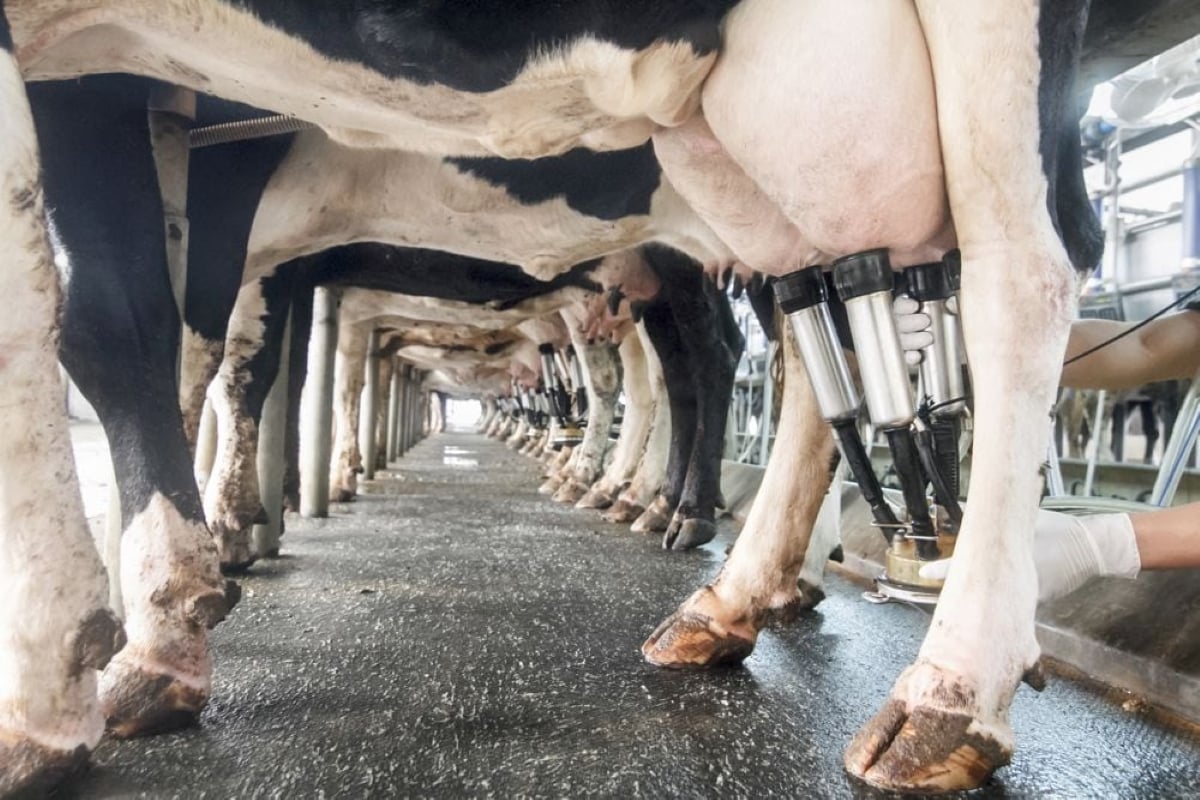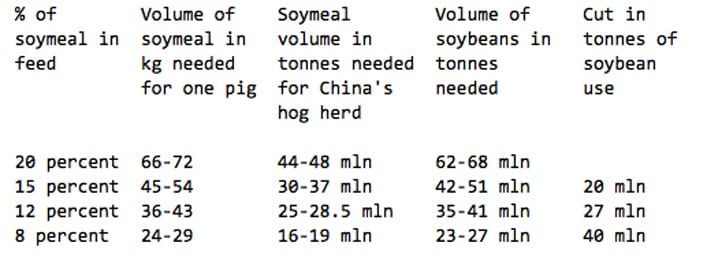BEIJING, (Reuters) – China’s agriculture industry and government are aiming to put the nation’s vast pig herd on a low-soymeal diet to reduce the country’s reliance on U.S. soybean imports, a move that would send shudders across the U.S. farmbelt and beyond.
China’s typical feed recipe contains about 20 percent soymeal and 70 to 75 percent corn.
That’s a higher soymeal ratio than pig farmers use in the United States, where farmers have cut the ratio of soymeal over time as other ingredients such as distiller’s dried grains, a byproduct of making ethanol and synthetic amino acids have become more available and cheaper.
Read Also

Farm gate milk price to rise in 2026
The Canadian Dairy Commission will raise its farm gate milk price by 2.3255 per cent in February, the Crown corporation announced on Friday.
European farmers also use less soymeal. In Germany, protein accounts for about 20 to 26 percent feed meal content, but farmers use a wider variety of meals, including rapeseed and sunflower meal.
Below is a table that shows the varying impact of cutting soymeal rations in China’s pig herd on soybean use using 20 percent as the current standard.
The calculations are based on industry standards that pigs typically eat about 300-360 kilograms of feed to grow to 110-120 kg, which is the weight acceptable for market and an annual slaughter rate in China of 660 million pigs.














